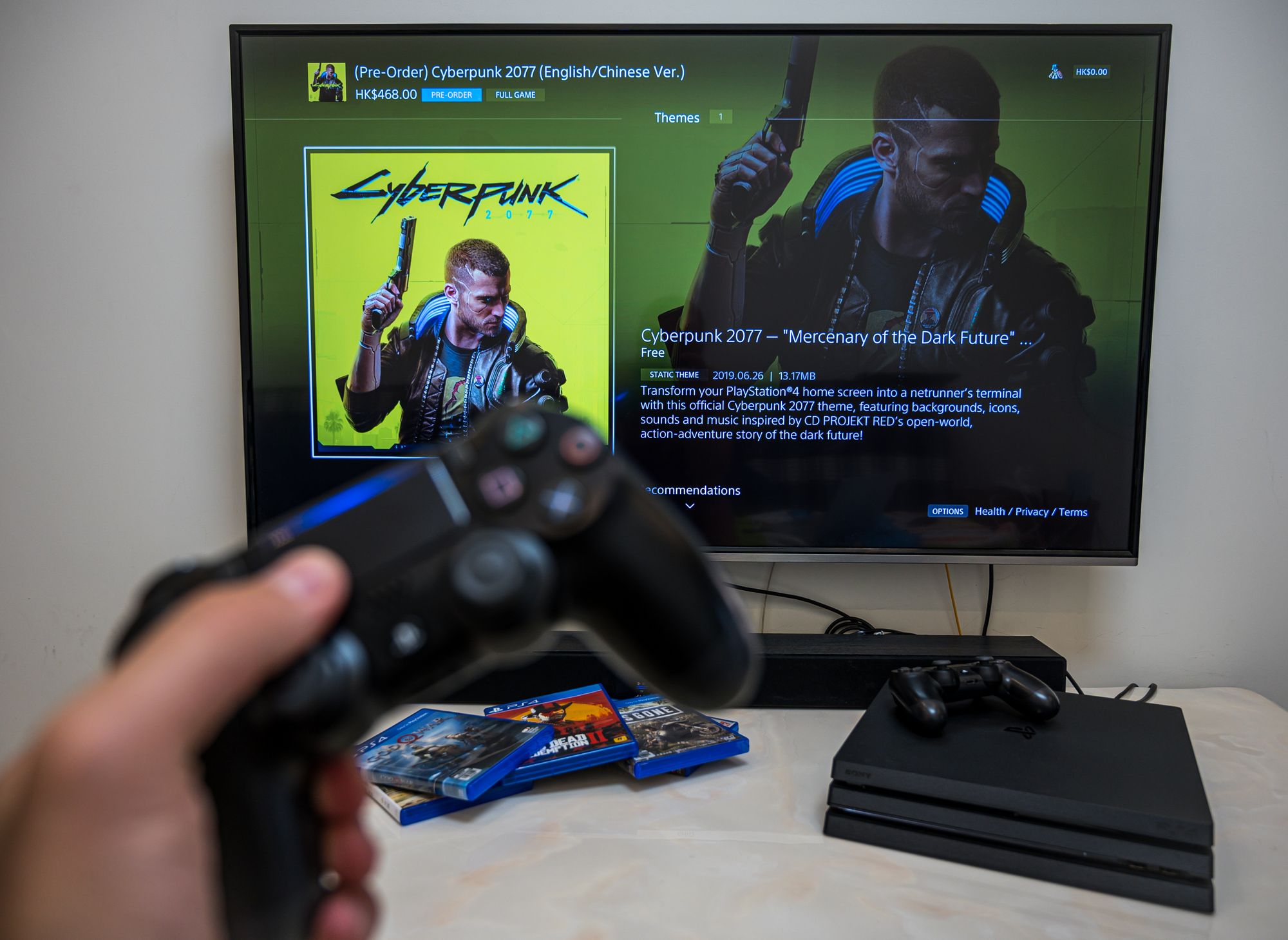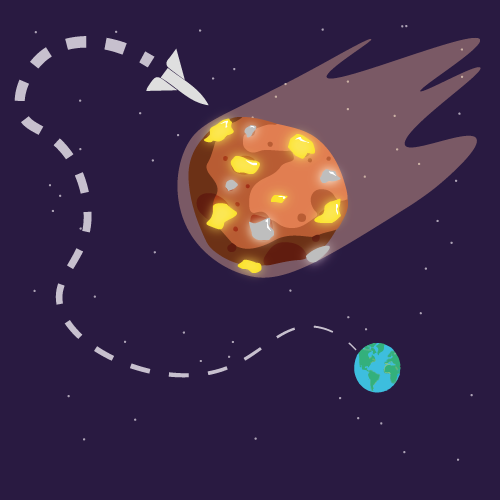World’s first interactive 3D holographic display
Remember the scene in Iron Man 2 where Tony Stark rediscovers a new element and is handling virtual 3D holographic elements:
- with his hands,
- moving them around,
- pinching,
- swiping,
- flicking,
- and tossing?
Pretty cool in 2010. What about 2025?
Well, we’re not quite there yet, but this is still pretty innovative:
A team of Spanish engineers has created the world’s first 3D hologram that can be physically interacted with.
Doctor Elodie Bouzbib, from Public University of Navarra (UPNA), together with
- Iosune Sarasate,
- Unai Fernández,
- Manuel López-Amo,
- Iván Fernández,
- Iñigo Ezcurdia
- and Asier Marzo
(the latter two, members of the Institute of Smart Cities) have succeeded, for the first time, in displaying three-dimensional graphics in mid-air that can be manipulated with the hands.
What is a Hologram?
Holograms are generally made using swept volumetric displays,
- meaning images are projected at different heights nearly three thousand times per second onto a rigid oscillating surface called a diffuser,
- giving the appearance of a three-dimensional object without the need for special glasses or headsets.
The diffuser moves so fast that it’s mostly imperceptible to the human eye.
The catch is, that the second you try to interact with the hologram:
- you might lose a finger
- or just break the machine entirely.
‘What we see in films and call holograms are typically volumetric displays,’ says Bouzbib, the first author of the work. ‘These are graphics that appear in mid-air and can be viewed from various angles without the need for wearing virtual reality glasses. They are called true-3D graphics.’ She also highlights that ‘they are particularly interesting as they allow for the “come-and-interact” paradigm, meaning that the users simply approach a device and start using it.’
Doctor Elodie Bouzbib, of the Public University of Navarra, and her team developed a simple solution: elastic diffuser strips.
While it might sound easy, the team tested many iterations, materials and types of strips, from projector screen material to silicone. Not just for elasticity and hysteresis (maintaining its original shape after being stretched), but also for its optical properties. “Elastic bands” are what they chose as the most suitable material to create their system called FlexiVol, but did not specify exactly what kind of “elastic band.”
Using gestures you’re already accustomed to with your phone’s touch screen – swipe, touch-to-select, pinch, rotate and more – a user can effectively control and manipulate these holographic objects through the elastic diffuser.

Methods of interacting with a hologram
The standard method of interacting with a hologram or other 3D space is a 3D mouse, which looks more like something you’d find in Mission Control than an everyday mouse. Extremely precise, but not especially fast without practice.
‘Commercial prototypes of volumetric displays already exist, such as those from Voxon Photonics or Brightvox Inc., but none allow for direct interaction with the holograms,’ the team points out. Asier Marzo, the lead researcher, comments that direct interaction means ‘being able to insert our hands to grab and drag virtual objects.’ He adds: ‘We are used to direct interaction with our phones, where we tap a button or drag a document directly with our finger on the screen – it is natural and intuitive for humans. This project enables us to use this natural interaction with 3D graphics to leverage our innate abilities of 3D vision and manipulation.’
Validating the concept
To validate the concept, the team performed three use-tests, with 18 participants pitting a 3D mouse against FlexiVol; selecting an object, tracing an object, and docking – where the user had to place an object within an object.
In the selection test, users were significantly faster at poking the ball (selecting) with their fingers than with the 3D mouse. Tracing, interestingly enough, was roughly the same speed, but when overlapping trace routes between the two methods and comparing them, FlexiVol subjects were far more accurate in their traces. The docking test, as one might imagine, FlexiVol won by a landslide with its much more intuitive grab-with-your-fingers-and-chuck-it-in approach.
Though the test subject sample was relatively small at only 18, 94% of users said:
- they were more confident in their completion times
- and 67% more confident in accuracy compared to using the 3D mouse.
- The reach-through method felt more accurate, more natural, and less frustrating than the mouse, they said.
The research paper is available at HAL; a video summarizing the results, and presentation are on Youtube. The research team will present the research at the CHI 2025 conference, which will take place in Yokohama (Japan) between 26 April and 1 May. More than 4,000 researchers are expected to attend this event. Companies such as Microsoft, Meta, Apple or Adobe will participate and present the latest advancements in interactive techniques and devices.
This research is within the InteVol project, led by UPNA and funded by the European Research Council (ERC), which funds the most prestigious research within the European Union.
How these holograms work and practical applications
Volumetric displays have a fast oscillating sheet called a diffuser, images are projected synchronously at high speed (2,880 images per second). Thanks to the persistence of vision, the images projected onto the diffuser at different heights are perceived as a complete volume. “The problem,” notes the research team, “is that the diffuser is usually rigid, and if it comes into contact with our hand while oscillating, it may break or cause injury.” To address this, the team has replaced the rigid diffuser with an elastic one after testing different materials for their optical and mechanical properties. The challenge is that “elastic materials deform and require image correction,” adds Bouzbib.
This innovation enables new ways to interact with 3D graphics, allowing users to:
- grasp
- and manipulate virtual objects naturally.
“For example, grasping a cube between the index finger and thumb to move and rotate it, or simulating walking legs on a surface using the index and ring fingers,” they illustrate.
“Displays such as screens and mobile devices are present in our lives for working, learning, or entertainment. Having three-dimensional graphics that can be directly manipulated has applications in education — for instance,
- visualising
- and assembling
- the parts of an engine. Moreover, multiple users can interact collaboratively without the need for virtual reality headsets. These displays could be particularly useful in museums, for example, where visitors can simply approach and interact with the content,” explains the research team.
Dr. Bouzbib has said she’s looking to further improve the design using focused ultrasound or conductive threads to simulate haptic feedback … leaving me wondering if the flappy elastic isn’t shocking enough.


























